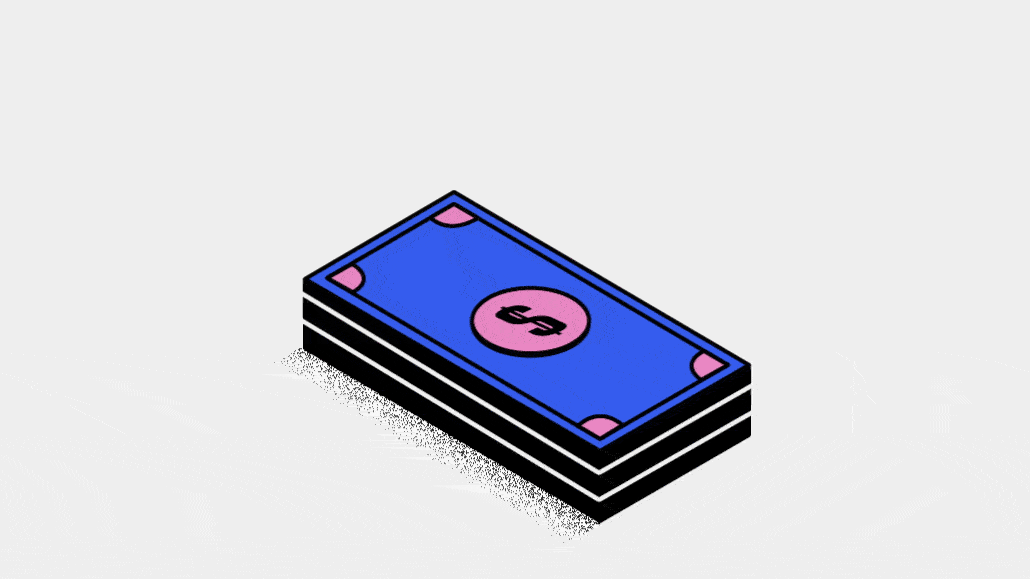Register by Jan 13 to save on passes and connect with marketers from Uber, Bose and more
Amazon’s price changes are a window into some of the media industry’s fundamental challenges

Amazon and supply-side platforms may have come to a temporary arrangement on how to process cost increases for advertiser demand over the next couple of months, but in the meantime, some big decisions will have to be made.
Amazon’s rise in the ad industry is well documented with its suite of advertising services equipped to rival its Big Tech peer set with media-generated revenue up 21% year on year during the last quarter, nearing $9.5 billion.
Among publishers especially, Amazon benefits from the fact that it’s simply ‘not Google’ – very much the establishment figure in online media monetization. Although, as Wall Street’s demand for further revenue growth steepens, it too has to wield both stick and carrot in equal measure, according to sources.
Shifting the cost
To recap, last month Amazon Publisher Services gave SSPs (or “TAM buyers” to use its precise wording) a four-week notification of a price change for access to its buyers. The cost is moving from $0.01 CPM to 2.5% of spend with the sticker shock causing some rancor and confusion in recent weeks.
SSPs were prepared to ‘eat’ the $0.01 CPM, but a 2.5% of spend fee is too bitter a pill to swallow with sources estimating costs could increase 4-to-5%, ergo the consensus among sell-side ad tech was that the cost would now have to be shared. And it’s from here that things kicked off with publishers receiving conflicting messages from APS and SSPs in the subsequent weeks.
According to multiple pieces of documentation seen, and verified, by Digiday, SSPs (in general) proposed levying the cost increase on publishers by reducing the monthly check they make out to media owners.
Although, a subsequent note from APS appeared to paint such proposals as contrary to their contracts, claiming that TAM runs a first-price auction with net bids, which ensures the highest bid wins and requires buyers to pay the publisher what they bid.
Such an interpretation suggests TAM buyers are contractually required to submit net bids to Amazon, and would thus deem the ‘gross bidding proposals‘ outlined by the SSPs above as invalid. These developments generated a state of mass confusion, not to mention anguish, among publishers.
In short, an eleventh-hour compromise was reached, albeit temporary, with SSPs granted permission to bill publishers per their initial proposals, provided they have approval from individual media owners.
Although, multiple publisher-side sources questioned the likelihood of media owners granting SSPs permission to reduce their monthly paychecks. After all, who will welcome the prospect of earning less money?
Technical limitations?
According to one sell-side source, who requested anonymity as they were not cleared to speak with press, the actions of both APS and SSPs are disappointing and indicative of how the sector as a whole is at an impasse.
“You get to the point where you’re approaching the end of an innovation cycle of SSPs, and then everybody starts grinding for percentage points,” said the source, “when innovation stops and businesses don’t have as much value to bring this stuff starts to happen.”
Another source noted how most SSPs have grown used to “conducting an auction, and then just sending a price through.” Although APS’ proposals appear to require SSPs to adjust their prices in real-time, and this is “just not something that many of them [SSPs] have the systems to do,” added the source, who similarly was not cleared to speak with the media by their employer.
The development also raises the prospect of publishers migrating away from using APS’ monetization tools in preference for using PreBid, an open-source alternative to Big Tech that positions itself as the ‘friend of the publisher.’ Although, how many publishers will be able to cope with a potential reduction in Amazon demand?
Other publisher-side sources fear that the latest price hike is just the tip of the iceberg with a separate source noting how some publishers have been openly questioning if this is a case of APS emulating Google’s widely disliked approach. “The fact that Amazon can increase rates like they do have people worried that the rates will go up again… and again… and again,” added the source who declined to be named due to clients’ sensitivities.
Multiple sources told Digiday that Amazon is engaging in discussions with multiple SSPs ahead of the July 31 expiration of its ‘gross-bidding dispensation.’
So it appears as though there is a will to reach a resolution, but with such scaled challenges to be addressed in that time, will three months be enough to find one?
More in Marketing

‘The year where the dust settles’: Digiday editors share 2026 predictions
Between generative AI pilot projects and emerging agency hold co models, 2026 will be the year that signals turn into strategy.

Virality is no longer just a vibe at MrBeast’s Beast Industries
MrBeast is hiring a head of viral marketing. Marketers would be wise to pay attention.

‘This is what the future will look like’: Accenture Song has moved upstream of advertising
Accenture Song has outgrown the agency business without becoming an agency.










